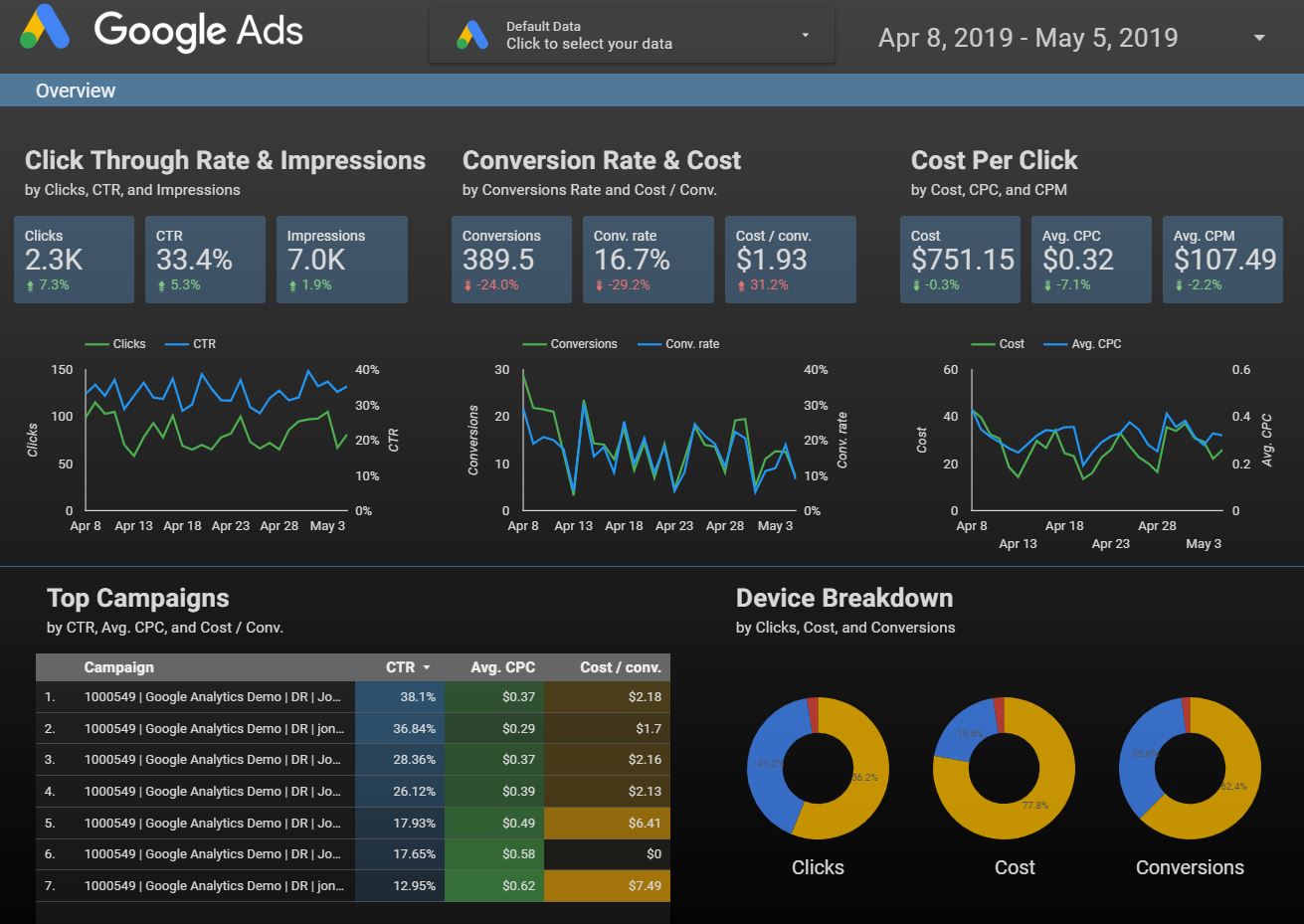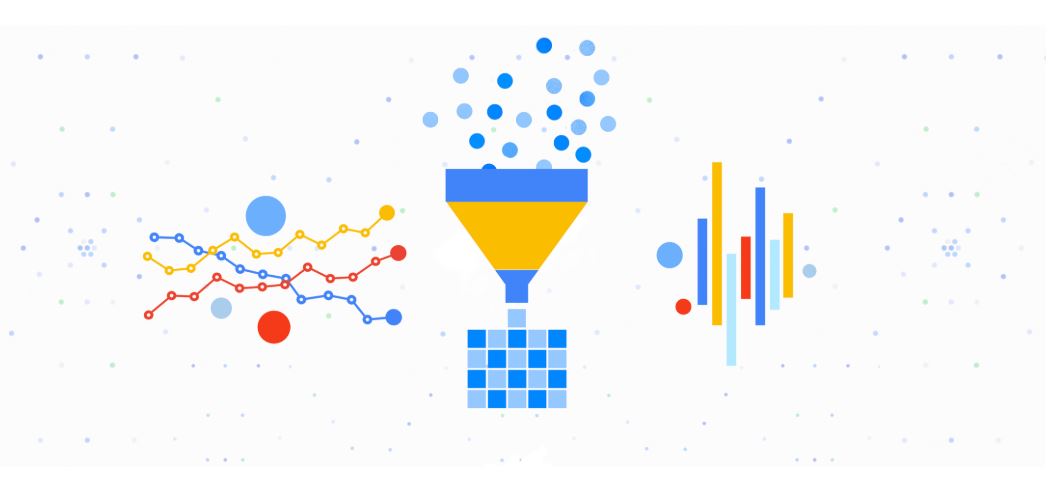
April was a big month for Google Data Studio (GDS), with Google introducing some significant product updates[1] to this already robust reporting tool.
For those not familiar with GDS, it is a free dashboard-style reporting tool that Google rolled out in June 2016. With Data Studio, users can connect to various data sources to visualize, and share data from a variety of web-based platforms.
GDS supports native integrations with most Google products including Analytics, Google Ads[2], Search Ads 360 (formerly Doubleclick Search), Google Sheets, YouTube Analytics, and Google BigQuery.
GDS supports connectors that users can purchase to import data from over one hundred third-party sources such as Bing Ads, Amazon Ads[3], and many others. [4]

Source: Google
1. Google introduces BigQuery BI Engine for integration with GDS
BigQuery is Google’s massive enterprise data warehouse. It enables extremely fast SQL queries by using the same technology that powers Google Search. Per Google,
“Every day, customers upload petabytes of new data into BigQuery, our exabyte-scale, serverless data warehouse, and the volume of data analyzed has grown by over 300 percent in just the last year.”

Source: Google
2. Enhanced data drill-down capabilities
You can now reveal additional levels of detail in a single chart using GDS’s enhanced data drill down (or drill up) capabilities.
You’ll need to enable this feature in each specific GDS chart and, once enabled, you can drill down from a higher level of detail to a lower one (for example, country to a city). You can also drill up from a lower level of detail to a higher one (for

